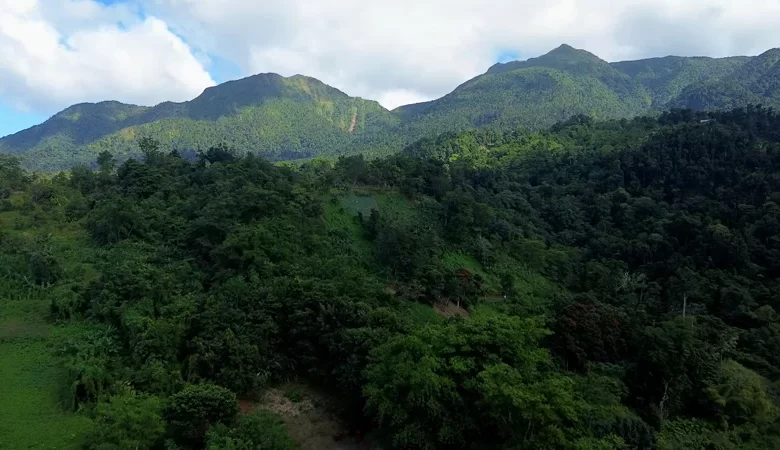Montane Forests of Dominica

The montane forests of Dominica are vital ecosystems that thrive in the island’s elevated regions, typically above 1,000 meters. These forests are characterized by cooler temperatures, higher humidity, and frequent cloud cover, creating unique habitats supporting diverse flora and fauna.
Montane Forests of Dominica
Dominica’s montane forests are home to several endemic species, including the Imperial Amazon Parrot (Amazona imperialis), also known as the Sisserou Parrot, which is the national bird of Dominica. These forests also support the Red-necked Parrot (Amazona arausiaca), locally known as the Jaco Parrot. The Blue-headed Hummingbird (Cyanophaia bicolor), found only in Dominica and Martinique, thrives in these high-altitude environments.
Dominica’s montane forests’ flora includes a variety of tree species adapted to cooler and wetter conditions. Notable among these are the Gommier (Dacryodes excelsa) and Chataignier (Sloanea caribaea), which provide essential habitats and food sources for the island’s wildlife. The understory is rich with ferns, mosses, and epiphytes, contributing to these forests’ dense and lush nature.
Conservation for Dominica’s Montane Forests
Conservation efforts are crucial to protect these unique ecosystems. Establishing protected areas such as the Morne Diablotin National Park and the Morne Trois Pitons National Park has been instrumental in preserving the montane forests and their biodiversity. These national parks not only safeguard the habitats of endemic species but also play a significant role in maintaining the island’s water resources and mitigating the impacts of climate change.
Dominica’s montane forests are rich in biodiversity and play a critical role in the island’s ecological health. Ongoing conservation efforts are essential to preserve these unique ecosystems for future generations.




